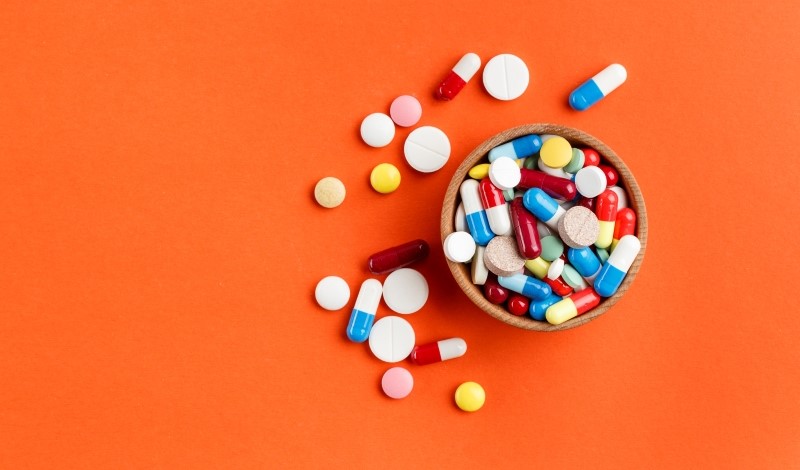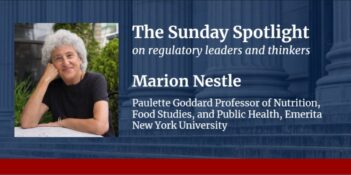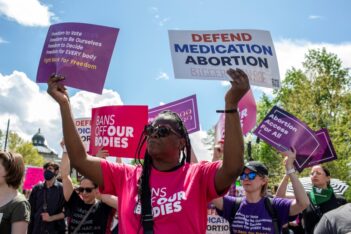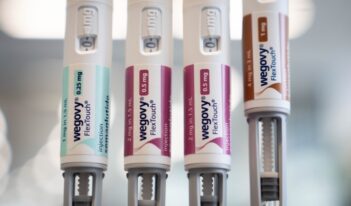
Patents covering drugs selected for Medicare price negotiation show how patents influence drug prices.
In August, the White House announced a list of ten drugs selected for the first round of Medicare price negotiation. The pharmaceutical industry has been quick to challenge the new program, describing it as a taking of their patented medicines.
What pharmaceutical companies have been less quick to do, however, is describe what the patent protections on their drugs actually look like and how they are using those patent protections in practice.
The drugs selected for Medicare price negotiation provide case studies of how pharmaceutical companies have used the patent system to delay generic competition and to charge high prices. Each selected drug currently does not face bona fide generic competition, in large part due to patents that cover the drugs.
Seven of the ten selected drugs are small molecule drugs, which means they have relatively simple chemical structures. These seven drugs are Eliquis, Jardiance, Xarelto, Januvia, Farxiga, Entresto, and Imbruvica.
Patents covering these drug products are publicly listed in the Orange Book, which identifies drug products approved on the basis of safety and effectiveness by the U.S. Food and Drug Administration (FDA). Under the procedures set up in the Hatch Waxman Act, patents listed in the Orange Book delay FDA approval of generic versions of drugs. The patents listed on the seven selected drugs reveal two common themes.
First, each selected drug claims protection from multiple patents that expire at different times. Drug manufacturers often obtain numerous patents on secondary aspects of drug products, such as the formulation of a capsule containing the active ingredient or a method of treating a disease at a specific dosage. These secondary patents often expire years after the patent on the active pharmaceutical ingredient expires.
According to the Evergreen Drug Patent Database provided by the University of California College of the Law, most of the selected drugs listed between three to six unique patents in the Orange Book. Two selected drugs stand out for even higher numbers of patents: Farxiga and Imbruvica. Companies listed 36 unique patents covering Farxiga and 27 unique patents covering Imbruvica.
These secondary patents extend the overall patent protection period for these drugs. For example, the patent on the compound used in Farxiga—dapagliflozin—expires on October 4, 2025. Another listed patent on a method of treating heart disease with dapagliflozin does not expire until 14 years and five months later, on March 9, 2040.
Second, manufacturers listed patents for each of the selected drugs in the Orange Book years after the product initially obtained FDA approval. Manufacturers listed new patents for each of the selected drugs at least three years after the product first obtained FDA approval. A new patent was listed for Imbruvica, for example, just a few months ago—over nine years after Imbruvica was first approved.
Whether the current legal landscape for pharmaceutical patents is good policy is a hotly debated topic. Yet one thing is certain: Patents are a key reason why drug prices are so high. Patents, along with regulatory exclusivities, allow manufacturers to delay entry of generic competitors in the market, even after FDA has tentatively approved generics. Tentative approval means that FDA has concluded that the generic drug product is ready for approval, but patent or exclusivity issues have not yet been resolved.
For six of the selected small molecule drugs, FDA has tentatively approved at least one generic version. In most of these cases, FDA tentatively approved generic versions years ago. For example, FDA tentatively approved a generic version of Eliquis (apixaban) in December 2018, and it tentatively approved a generic version of Januvia (sitagliptin phosphate) in October 2012.
Moreover, for most of these six drugs with generic versions approved, FDA tentatively approved more than one generic version of each. At least ten manufacturers have received tentative approval for generic versions of Eliquis (apixaban), as well as for Jardiance (empagliflozin), Januvia (sitagliptin phosphate), and Farxiga (dapagliflozin). And although a generic version of Entresto has yet to be tentatively approved, at least eighteen manufacturers have filed applications for FDA approval.
When drug manufacturers use patents to delay generic competition, they retain considerable power to charge higher prices for their products. The Medicare price negotiation program is a direct response to the prices that have resulted when drugs do not face generic competition. The Inflation Reduction Act allows price negotiation only for qualifying single-source drugs, which are drugs that do not face bona fide generic competition. For small molecule drugs, the law only allows price negotiation for drugs that have been single-source drugs for at least seven years at the time they are selected.
It is not surprising, then, that the drugs recently selected by the Biden Administration for price negotiation are covered by numerous patents. By targeting drugs that do not face bona fide competition, the Medicare price negotiation program shines a light on how pharmaceutical patents in practice contribute to high drug prices, both for consumers and the government.




